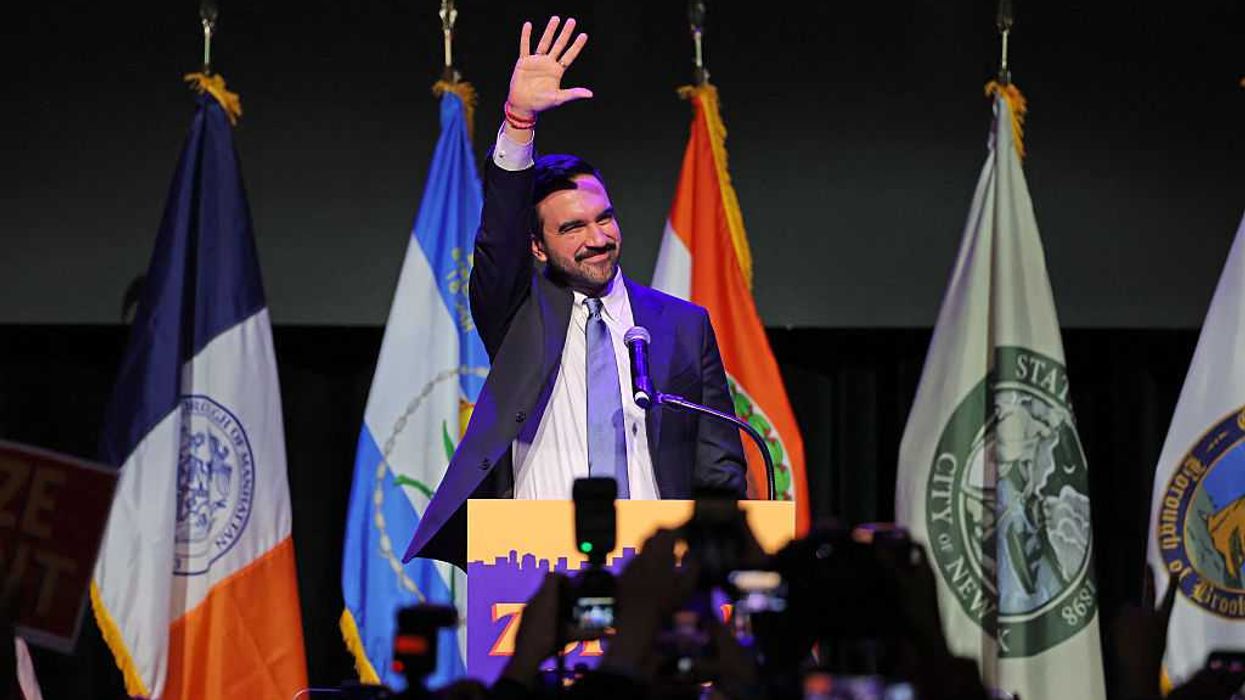It’s unlikely that anyone in this audience needed more proof that President Obama was out-of-touch, but just in case, you got it over the weekend. Friday, he came out declaring that the private sector is really doing fine. In fact, not only is the private sectors doing fine, the local and state governments are where the real economic weaknesses are.
We’re sure the millions who have been unable to find work, have lost their businesses, and are struggling to make ends meet in the private sector throughout his term don’t find this at all offensive.
Glenn set the record straight this morning on radio. “First of all, Mr. President, as you well know well, no, you don't. But as you have been now told, the private sector is not doing well,” he said. “The private sector is treading water because you're killing us. You're killing us in the private sector for your public sector.”
David Axelrod couldn’t even defend this one when questioned by a reporter [Candy Crowley] over the weekend:
Reporter: “Does the president really think that the private sector is doing well?”
Axelrod: “I agree with the president, who called the press conference on Friday to say that we need to take a series of very urgent steps to accelerate job creation in this country, because we have storm clouds rolling in from Europe.”
Writers note: What’s the deal with left's use of & weather metaphors? Did they get sick of the car into the ditch thing; weather seemed like the next logical choice? On behalf of America I would just like to say that we really don’t need metaphors to understand what you’re telling us. In fact, we’re busy actually working, so if you could get to the point without that it would be fantastic.
“So Candy," Alexrod continued, "the press conference was called to press for a hiring tax credit for small businesses, to press for clearing red tape away so that families who have underwater homes can refinance under today's low interest rates and save thousands of dollars a year. And yes, to push to give state and local governments help to rehire some of the hundreds and hundreds of thousands of teachers, firefighters, and police who have been laid off in this, in this last couple of years. We've created 4.3 million private sector jobs in the last 27 months but we've lost almost half a million public sector jobs, and half of those are teachers.”
Reporter: “So bottom line, is the sector doing fine.”
Axelrod: “The private sector, we need to accelerate job creation in the private sector.”
“…that’s not the question,” Glenn interjected.
Reporter: “Right.”
Axelrod: “One of the ways that we can do that is putting teachers and firefighters and police back to work, because those are good middle class jobs.”
Reporter: “That’s the public sector.”
Axelrod: “But that will help accelerate the recovery. The small business tax cut will help accelerate the private sector. The refinancing will help the private sector because people will have more money in their pockets to spend. There are a series of steps that we can take right now that will help undergird the economy against the forces that arrayed. You see what's going on in Europe in particular. The first quarter of this year was the best in terms of private sector job creation was the best in six years. We've had a slowdown in the last three months, largely because of global events. What the president has said is that we need to take some urgent action and he's called on congress to do that. They've sat on their hands. They're more eager to have a debate over an ad of context clause in his remarks than the substance of what he said.”
Reporter: “But I think that we put it in the context – in the open, you put it in context in the open. I just want to know whether the administration, whether you believe that the private sector is doing fine. Is it doing better?”
Axelrod: “I believe it's certainly doing better than the public sector, 4.3 million.”
Referring to these statement and some of the ridiculous commentary surrounding the Wisconsin recall election last week, Glenn pointed out that Washington needs to realize that of the 7 billion people on the planet, at least 6.9 billion of them find some things to be pretty obvious – one, that the private sector is not doing just fine, and that a governor who turned a $3 billion dollar budget shortfall into a budget surplus in two years being elected is not the end of America.
“There are four things that we need, and it's not another bailout,” Glenn told listeners this morning. “Four things that Spain needs, and it's not another bailout, that will not work. They have a bank holiday in Italy today. Well, surprise, it's a surprise holiday. Nothing to worry about here. It's a surprise bank holiday. "We think the people who work at the banks are just tired. They need a holiday." Really? They don't need a holiday. They don't need a bailout. What they need are four things: Courage, conviction, commitment, and conservatism. That's it.”

 Brandon Bell / Staff | Getty Images
Brandon Bell / Staff | Getty Images
 Europa Press News / Contributor | Getty Images
Europa Press News / Contributor | Getty Images ANGELA WEISS / Contributor | Getty Images
ANGELA WEISS / Contributor | Getty Images Eric Lee / Stringer | Getty Images
Eric Lee / Stringer | Getty Images